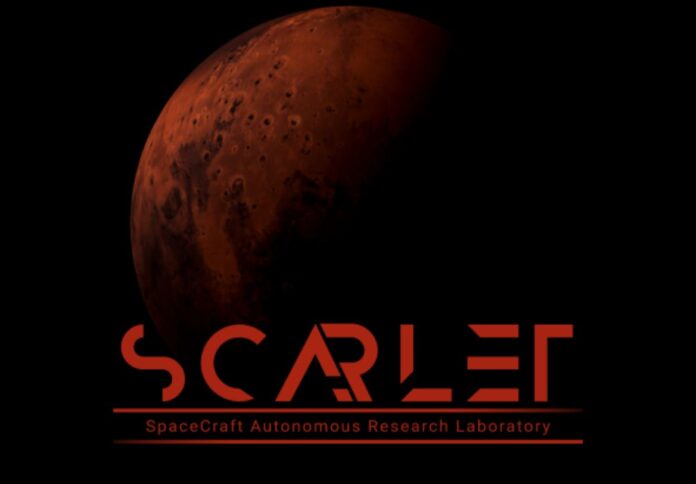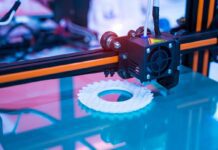
SmartSat is spearheading a three-year, $7 million collaborative project to manufacture new artificial intelligence-enabled autonomous spacecraft.
The project, dubbed Spacecraft Autonomy and Onboard AI for Next Generation Space Systems or SCARLET-a, will involve eight SmartSat partners, namely Airbus, Asension, Deakin University, Defence Science and Technology Group, Leonardo Australia, Saab Australia, Swinburne University of Technology, and the University of South Australia.
The project seeks to develop a set of autonomous algorithms that will enable small and distributed spacecraft to make decisions independently, optimise the use of available resources and capabilities, adapt to changing conditions, and handle critical situations, without intervention from human operators on Earth.
Backed by the Federal Government’s CRC Program Australia, SCARLET-a will focus on high-impact areas of spacecraft autonomy and onboard AI as identified and prioritised with the industry and defence partners.
These areas include onboard processing and actionable intelligence, small spacecraft and constellation resilience, dynamic optimisation of constellation resources, and real-time tasking and resource allocation.
Onboard processing has been limited to data collection, according to Professor Andy Koronios, chief executive officer of SmartSat.
“As autonomous technologies advance and are embraced, their place in space will expand and present new opportunities for applications here on Earth. The next generation of satellite communications and earth observation will be achieved using integrated systems of satellite constellations operating autonomously and performing multiple tasks in real-time,” said Koronios.
SmartSat CRC Chair of Artificial Intelligence, UniSA STEM Professor Ryszard Kowalczyk, who is the head of the project, said spacecraft autonomy will be a key feature of the next generation space systems.
“Spacecraft that can operate independently of ground contact will be able to respond to unexpected events in real-time without needing to wait for commands from Earth. This autonomy will improve Australia’s remote sensing capabilities and other vital services undertaken in space, allowing us to push the boundaries even further in orbit,” Kowalczyk said.




















